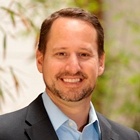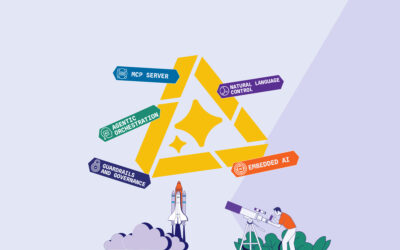Something normal happened during Mardi Gras this year in New Orleans. Amongst all the chaos, a conference broke out. Workplace Benefits Renaissance held its annual event. The meeting draws notable thought leaders and personalities within the industry and, if you were able to resist the revelry in the streets, there were some interesting stories heard and lessons shared.
In particular, Carlo Mulvenna, VP, Pan-American Life Insurance Group, delivered a keynote address on the topic of change. The topic is timely as the Trump Administration threatens to undo the Affordable Care Act (ACA), which led to the industry’s last great disruption. More disruption is certainly on the horizon. Mulvenna talked about how his company has weathered change and how they have grown to accept – and dare I say, embrace – change. A New Orleans resident himself, Mulvenna referenced the character and resilience that the city of New Orleans has built over the past few hundred years as their citizens have experienced disruptive change and how he has learnt from it. The message is that the more experience one has with change, the better one could be at navigating it.
Change breaks on the benefits business
It’s safe to say that not many are nearly as experienced with change as the city of New Orleans but irrevocable change has come to a sleepy worksite industry that stayed relatively the same for several decades and it too must learn how to adapt.
With the advent of ACA, explained Mulvenna, Pan-American’s business changed dramatically. The employees of the downtown New Orleans-based company found themselves drawing on the innate character of their city to remain resilient through disruption and rely on their core strengths while they built new strengths to meet the changing needs of the market. Pan-American was one of the few businesses left standing in the limited medical indemnity space.
A business cycle disrupted
Consider how dramatically Pan-American’s business model changed. A whopping 84 percent of their new business was now condensed to take place over a 60-day period from December to February. This required a short-term surge in staffing requirements. But recruiting, training and then dismissing such a large staff was not feasible.
Claims becomes a new business resource
What this resilient company did was look at capacity in one part of the organization to see if it could be applied elsewhere. They took employees with a core strength (very good claims processing) and retrained them to process new business. What makes this such a good idea is that the claims examiners are often hampered by the work done at new business setup if not done correctly. This gave the claims teams the opportunity to identify and improve the new business process while Pan-American solved a critical business disruption.
Focus, focus
Another quality required during change is focus. During this disruptive period, Pan-American executives charted no less than five different strategic paths that the company could take. This was an “aha” moment; five is far too many for any company to consider and pursue. These options were quickly narrowed down to a more manageable number of three. To quote Mulvenna, “We wanted to do it all, but like everyone else, we can’t. We had to focus on what made us unique.”
Saved by resilient systems
One of the major lessons that Mulvenna shared was that through all this change, the one thing that they could rely on was their systems. Prior to this disruptive period, this particular business line within Pan-American invested in their systems which became a source of strength. The benefit of this investment became more apparent when other parts of the organization, who had not invested in systems, found themselves struggling to adapt as they were forced to rely on third parties and found that these third parties slowed them down.
With strong systems, resilient people and a singular focus, Pan-American was able to not only weather the storm of change, but to come out of the disruption in a better place than where they started – in good New Orleans fashion.
Change is a new constant for the industry today. It calls out the need for open, adaptive and connective enrollment, core administration and other systems to ensure continuity and growth. If core systems are critical to navigate change, how prepared is your organization?
Tony Grosso is vice president of Product and Industry Marketing at EIS, and can be reached at agrosso@eisgroup.com.




